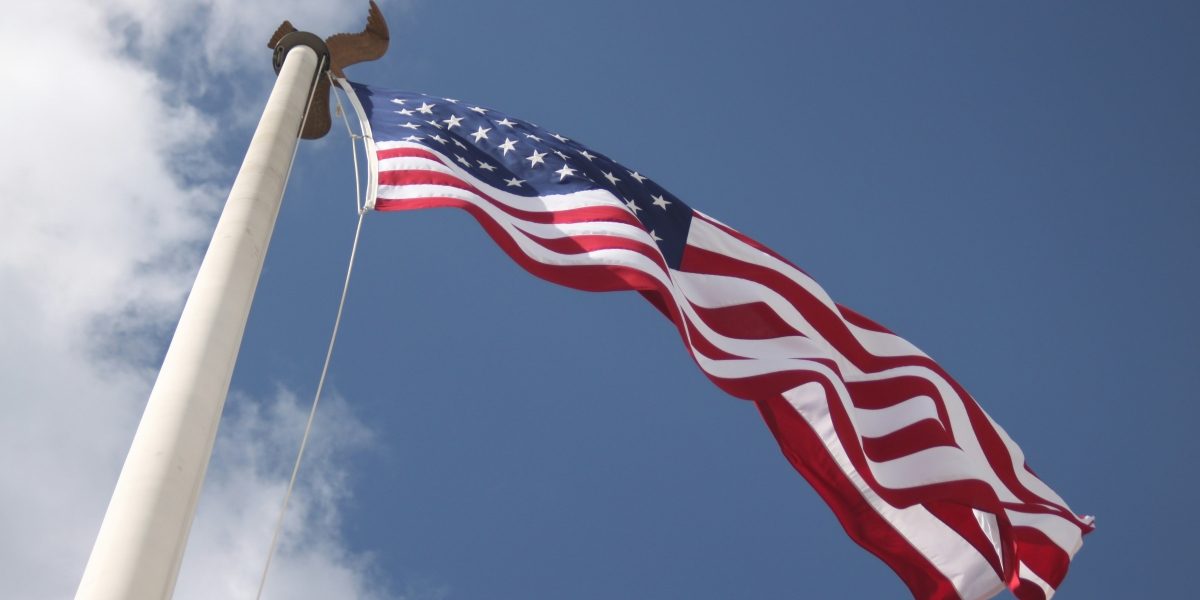By: Jacob Maslow
Climbing flagpoles requires skills and safety measures. Technicians should follow these safety practices to maintain efficiency and minimize risks. This guide covers tips that technicians may find useful before engaging in such tasks.
Importance of Proper Equipment
Safe flagpole climbing is only possible when the right tools are used. While some technicians may use various tools, it is crucial to ensure that harnesses, helmets, and climbing shoes are in proper condition. If any signs of wear or damage are visible, it is advisable to replace them. Faulty equipment could potentially contribute to accidents that could lead to injuries for the technician or others nearby.
Conducting a Safety Check
Before any ascent, it is necessary to conduct a detailed safety check. It’s important to assess the stability of the flagpole and look for any signs of wear such as rust or weakness in the structure. These issues can sometimes weaken the pole, making it less safe to climb. Ensuring that all bolts and fasteners are tightened is also crucial, as loose components could cause sudden shifts during the climb.
Understanding Weather Conditions
Weather plays a significant role in outdoor tasks such as flagpole climbing. It’s advisable to avoid climbing during adverse weather conditions, including rain, snow, or high winds. Wet surfaces are more likely to be slippery, and strong winds could potentially make climbing more dangerous. Being mindful of the weather forecast ahead of time might help reduce such risks.
Using Personal Protective Gear
Wearing appropriate protective equipment is essential for flagpole climbing. Helmets offer head protection, while gloves help improve grip. Harnesses are used to secure technicians to the pole and prevent falls. All gear should be fitted properly, as loose or ill-fitting equipment could limit movement and affect the technician’s ability to work efficiently.
Training and Certification
Training plays an important role in ensuring safety. Technicians engaged in flagpole climbing should ideally have completed certified climbing programs that focus on climbing techniques as well as emergency procedures. Having proper certification can be an indication that technicians are prepared for different situations and are more likely to respond effectively when faced with unexpected challenges.
Communication and Teamwork
Effective communication can greatly enhance safety during the task. Technicians should ideally work with a partner when possible, as having assistance at the scene can provide valuable support. Communication tools such as radios can help maintain connection between team members throughout the task.
Planning and Preparation
Proper planning is vital before starting the climb. Technicians should evaluate the site and determine a more efficient approach. A clear procedure should be in place to guide actions. This also includes ensuring all necessary tools are accessible and within reach during the climb.
Emergency Procedures
It is also beneficial to have basic knowledge of first aid and emergency response techniques. Technicians should be aware of how to handle injuries or accidents that might occur. Having a first aid kit on-site is also recommended, ensuring that everyone knows where it is located and how to access it if needed.
Staying Hydrated and Rested
Climbing requires physical endurance, and it’s important to stay hydrated and take breaks when needed. Fatigue can potentially affect decision-making and increase the chances of making mistakes. Ensuring that technicians get enough rest and are physically prepared for the climb can help keep them focused and reduce the likelihood of errors.
Continuous Learning and Improvement
Safety practices evolve over time, and staying up to date with the latest safety standards is essential. Technicians should continue to refresh their knowledge through workshops or training sessions. Promoting a culture of safety awareness and continuous learning can help ensure that technicians are proactive in reducing risks while improving their overall competency.
Summary
Climbing a flagpole involves serious safety considerations. Following these safety tips can help technicians stay equipped to handle the task effectively. By prioritizing safety, technicians not only protect themselves but also contribute to the successful completion of the job. With the right gear, adequate training, and careful planning, the risks associated with flagpole climbing can be minimized.
Disclaimer: The information provided in this article is for general guidance and informational purposes only. While every effort has been made to ensure the accuracy and completeness of the content, the safety recommendations and practices discussed should be followed at your own discretion. Technicians and individuals engaging in flagpole climbing or similar activities must assess and adhere to their specific safety regulations and workplace guidelines. Always use appropriate protective equipment, conduct safety checks, and ensure proper training and certification before attempting any climbing or related tasks. The publisher and author are not liable for any accidents, injuries, or damages that may occur as a result of following the safety tips provided in this article. Always consult with a professional or safety expert when necessary.

















